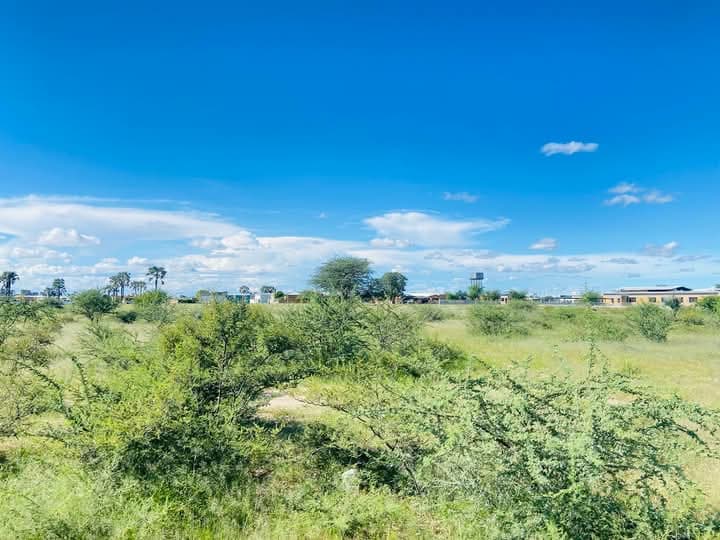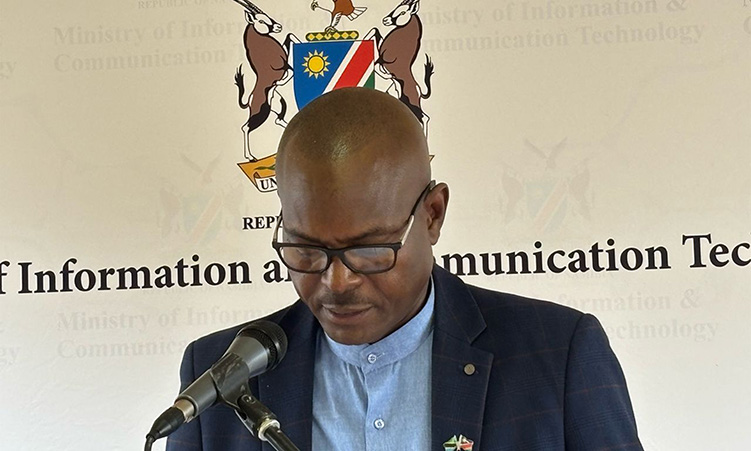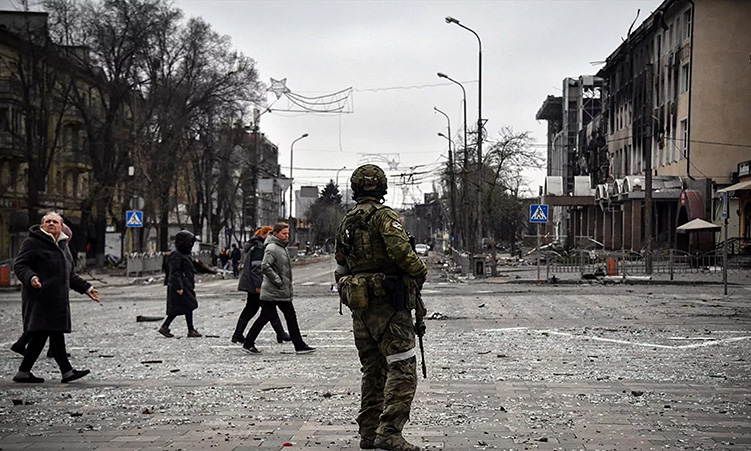THE consortium conducting a new feasibility study and environmental impact assessment (EIA) of the controversial hydropower project on the Kunene River will start public hearings from today to get input from residents and interested parties.
The hydropower project was shelved 10 years ago amidst strong local and international criticism. According to a background paper issued by the Cunene Consortium, the projected height of the dam wall in the Baynes Mountains in the remote Kunene Region will be around 580 metres to feed a power plant expected to generate about 360 megawatt. The first public hearing starts at a Windhoek hotel at 18h00 today. Three meetings will be held in Angola and one more in Namibia at Epupa at the end of this month. The initial site selected in 1995 by Namibia was at the scenic Epupa waterfalls, a popular tourist attraction.Angola did not favour a dam at Epupa, which would have drowned the waterfalls and ancestral graves, which play an important part in the culture of the nomadic Ovahimba tribe. Between 1995 and 1998, a joint Namibian-Angolan consortium (NamAng) conducted a full feasibility study and EIA for the Epupa Project. During the study all possible hydropower development sites along the Kunene west of Ruacana were investigated, with the Baynes and Epupa sites eventually selected as the more technically viable sites. Further work continued on these two sites, with comparisons made in terms of technical, social, and ecological aspects. The feasibility study in 1998 concluded that the Epupa site would be technically preferable, but the Baynes site further west would result in far less ecological and social impact due to a smaller storage dam and less destruction of habitat and natural resources, less water loss through evaporation, and significantly reduced human impact like loss of access to grazing, physical resettlement and loss of gravesites. ‘The Epupa Project would have been far more disruptive to the life of the local Himba people, since it would require the flooding of a broad valley extensively used by these subsistence farmers and herders,’ the background paper stated. Opposition to the plans of a dam at Epupa by local and international NGOs and the Himba saw the project being shelved. The feasibility study and the EIA back in 1998 cost N$40 million, which was the most expensive study ever undertaken in Namibia. Construction costs then were estimated at around N$6 billion.The public hearing in Windhoek will take place tonight at 18h00 at the Safari Hotel and at Epupa it will be an open-air meeting between June 26 and 27. brigitte@namibian.com.na
Stay informed with The Namibian – your source for credible journalism. Get in-depth reporting and opinions for
only N$85 a month. Invest in journalism, invest in democracy –
Subscribe Now!










